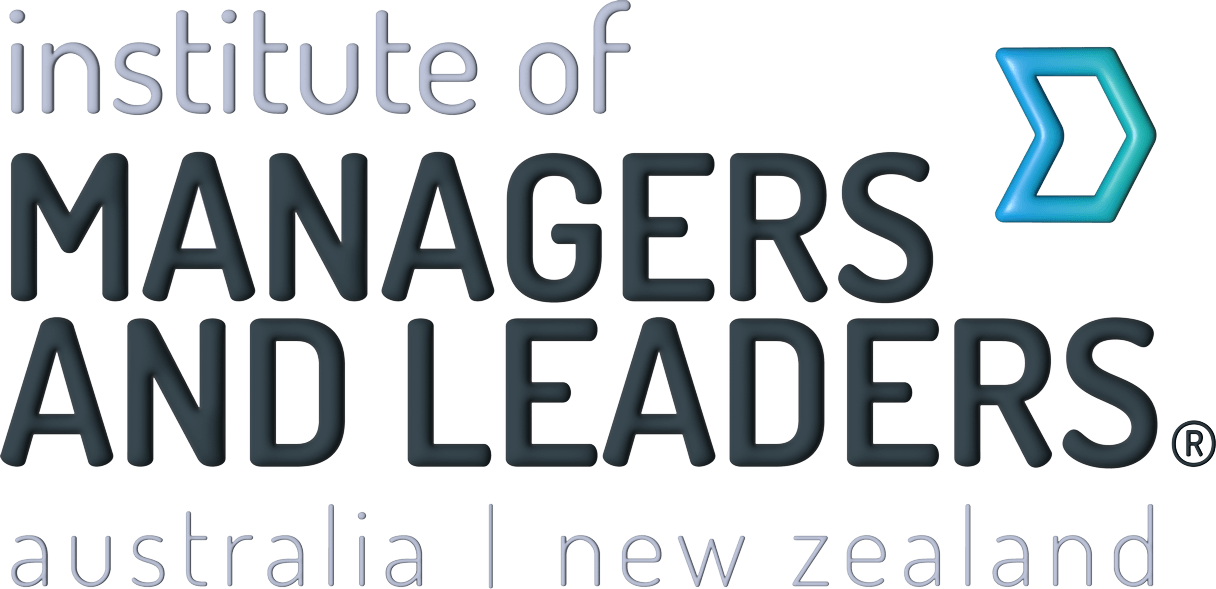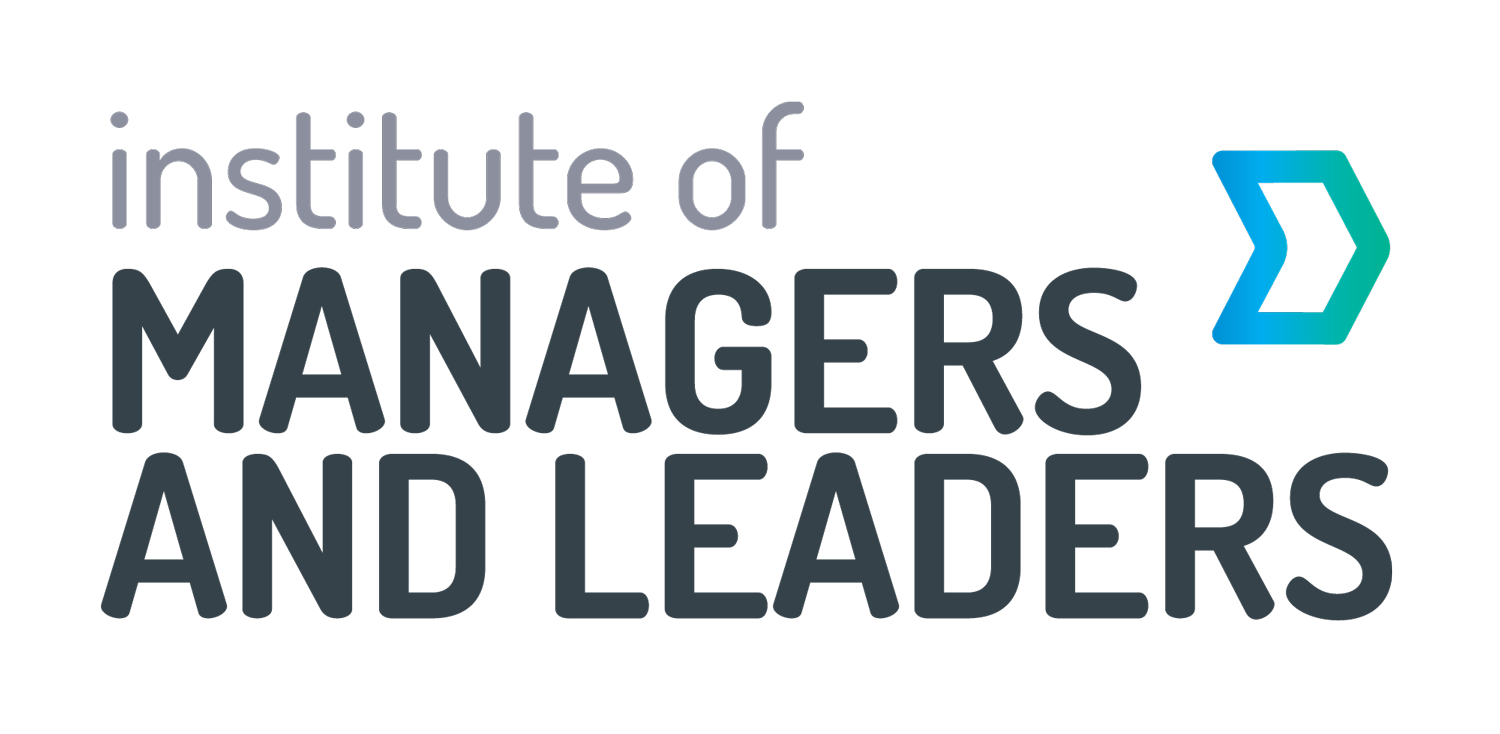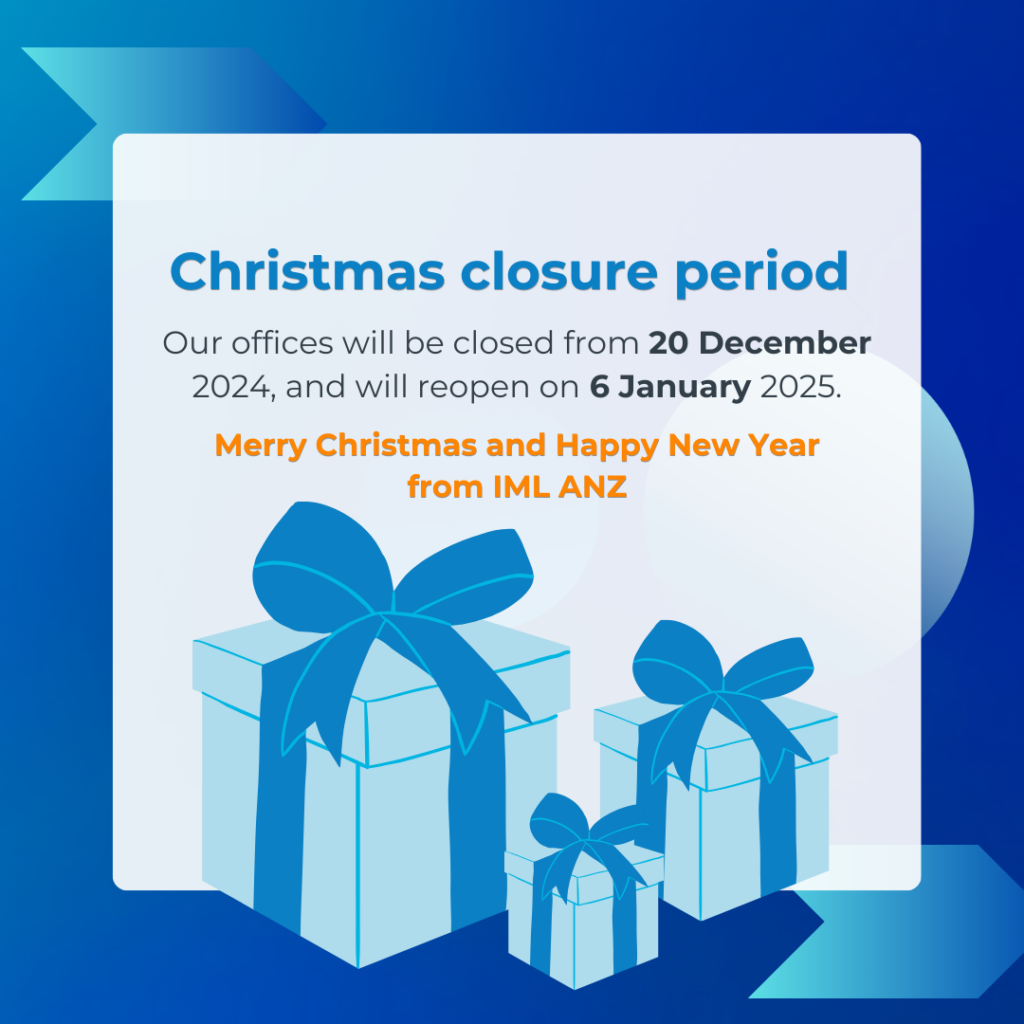By Mark Cameron FIML
Increased interest in “digital business transformation” within the global business community has been meteoric over the last couple of years. A quick search in Google Trends confirms that. Why is this so, and what does it mean for businesses in Australia?
Following the GFC in 2008 the term “digital transformation” was hardly discussed or understood. Ten years down the track it seems organisations, large or small, public or private, are focusing on their approach to digital transformation as part of their core strategy.
The conversations with our clients have shifted from “what is digital transformation and should we do it?” to “how do we transform?” and critically “how do we do it and not stuff it up?”.
What is digital business transformation?
“When a snake sheds its skin it changes; when a caterpillar becomes a butterfly, it transforms.” – SAP Business Transformation Journal
The key question to get right is this: Are you looking to increase performance or are you truly transforming?
Remember this analogy as we see a number of organisations getting caught in the trap of speeding up delivery and results as opposed to inventing for the future. Speed is important but without a meaningful destination, it can accelerate irrelevance.
Let’s tackle a common point of confusion. What does “digital” even mean anymore? It means many things to different people. It can mean the digitisation of marketing activity, or the implementation of new technologies. Both are technically correct, but significant opportunities exist outside these definitions.
In 1995, Clay Christensen and Joe Bower published their famous HBR article Disruptive Technologies: Catching the Wave. “Disruption” has become shorthand for almost anything to do with change. This is wrong.
Disruption is about dramatic shifts in delivery models, experiences and expectations. Technology plays a critical role, but it is only an enabler. It allows for the rapid emergence of new models that upend industries and set new customer standards. The recent news of the collapse of Sears in the USA shows the true impact of disruption.
Rabbit in the headlights?
A study by The Global Centre for Digital Business Transformation found that 69 per cent of respondents see the need to adapt their business models to respond to the changing environment. Despite this awareness, only 55 per cent said that digital disruption was a board-level concern, and only 25 per cent had active plans to tackle the disruption head-on.
While digital transformation interest and activity has increased, there is still a gap in business leaders’ understanding of how rapidly the environment is changing. They see future change as linear and manageable.
It reminds me of a quote from Nobel Prize-winning economist Paul Krugman in 1998 in which he stated, “By 2005 or so, it will become clear that Internet’s impact on the economy has been no greater than the fax machine’s.” Looking back now it is easy to scoff, but it shows that even the smartest people misunderstand the pace and scale of technological change and how it will impact the world.
Until executives create a true vision for transformation, the organisations they helm are vulnerable to disruption. A business with a better model, that offers better experiences, and new standards of service, will eat their lunch. When it happens, it can happen fast. Leaders run the risk of being caught out like a rabbit in the headlights, aware of the threat but unable to move, waiting for the impact.
Phases of digital transformation in Australia
Leaving disruption to one side, definitions of “digital” and “digital business transformation” help to progress our thinking. For the purpose of this article, let’s define “digital” as the convergence of multiple technology innovations enabled by connectivity. And we’ll define digital business transformation as organisational change using digital technologies and business models to improve performance.
These definitions will help to show that there have been three main phases in digital business transformation following the GFC.
Phase One: A reaction to the global economic crisis. A cost-out exercise where technology was employed to lower operational costs through introducing automation and reducing reliance on human capital.
Phase Two: The media landscape became increasingly digital and fragmented, and tried and trusted methods of acquiring customers and building brands became less effective. In an effort to connect with an increasingly “online” customer, marketing budgets increasingly orientated to technology, focused on data collection, marketing automation and technical capabilities.
Phase Three: Today, cross-sector consumer expectations are high and rising. Many products and services don’t enjoy the stability they once did. Through technology, businesses are searching for new sources of revenue.
Let’s apply this to Telstra.
Phase One: Immediately following the start of the GFC Telstra invested heavily in automation and cost cutting technologies.
Phase Two: When David Thodey took the CEO role in 2009 he focused the whole organisation on the customer, even using Net Promoter Score, as a key KPI.
Phase Three: More recently the current CEO, Andy Penn, is transforming Telstra from “a telco to a tech-co”, essentially moving revenue from their traditional space of connectivity of fixed line, mobile and data to new technology based products and services. This is obviously a monumental task for a company the size of Telstra, but a shift that needs to happen.
Telstra is far from the only company that has gone through, or is going through, these phases. This activity, in varying stages of maturity, is being carried out across the market.
Avoid sleepwalking into irrelevance
Taking action in the face of potential disruptive threats is demanding. While there is no silver bullet, and no substitute for great strategy and leadership, human-centred design methods complemented by the right technology choices are effective tools to fend off disruptive forces.
Here is a basic approach to drive digital business transformation:
Map your current state: Many businesses are unaware what their overarching customer experience is, or how the systems and capabilities work to support that experience. This is unsurprising. Businesses scale organically and focus on requirements incrementally. But this lack of clarity makes it very difficult to design a future state.
Mapping business capabilities and IT systems combined with mapping customer journeys provides clarity. The business then knows how the organisation works, where efficiencies may exist, and where customer experiences can improve to create a competitive advantage.
Design your future state: The best-performing companies don’t start designing a future-state focused on technology. They start with experience. Using service design techniques, led by experienced practitioners, start with the customer and design the target state that transforms your business.
This includes focusing on what it takes to deliver. Begin with your most important asset – your people. Understanding how employees will support your target future state, and supporting them in their experience makes the difference between good and great.
Map process improvements and revise your technology architecture to provide a supporting technology roadmap. This approach ensures your people, processes and technology are designed comprehensively and cohesively.
Communicate a clear roadmap: Leadership should take artefacts developed in the design process and use them to communicate clearly with the organisation. This will help create the context for change, which most of the organisation is aware of and agree with.
Next, be transparent about the projects, expectations and spend. This will allow people to understand how their job impacts the process and provide them with an opportunity to contribute positively.
And of course, communicate the successes. However, be careful of getting addicted to “quick wins” at the expense of the long-term strategy. Constant short-term activity is where organisations can execute a lot of change, but no real transformation.
Communication through major change programmes is critical. When you think you have communicated too much, you are probably pretty close to the right cadence.
Develop new ways of working
Developing and articulating a vision and strategy is one thing, delivering on them is another. All too often businesses allow the delivery of new products or services to become engineering led, which loses focus on the customer problem the initiative was set out to solve.
Human-centered design techniques can, and should, be employed all the way to delivery. Constantly testing and refining features and functions with the intended customer base ensures that internal assumptions about the customer are always being tested. Every idea is a hypothesis that should be validated or discarded.
This approach allows your organisation to begin to build a strategic design practice that puts the customer at the heart of any initiative. It reduces risk and cost of delivery.
Grab the opportunity
Organisations have learned, sometimes in very painful ways, that for digital transformations to be effective the human aspect needs to be at the very center. Yes, automation and machine learning will change the future of the job market, but it is humans, be they customers, staff or a wider set of stakeholders, that will always determine the ultimate success of these innovations and investments.
So, employ the skills and techniques necessary to design the future you want for your organisation. Design your organisation for what it will need to be tomorrow. Design for humans.















